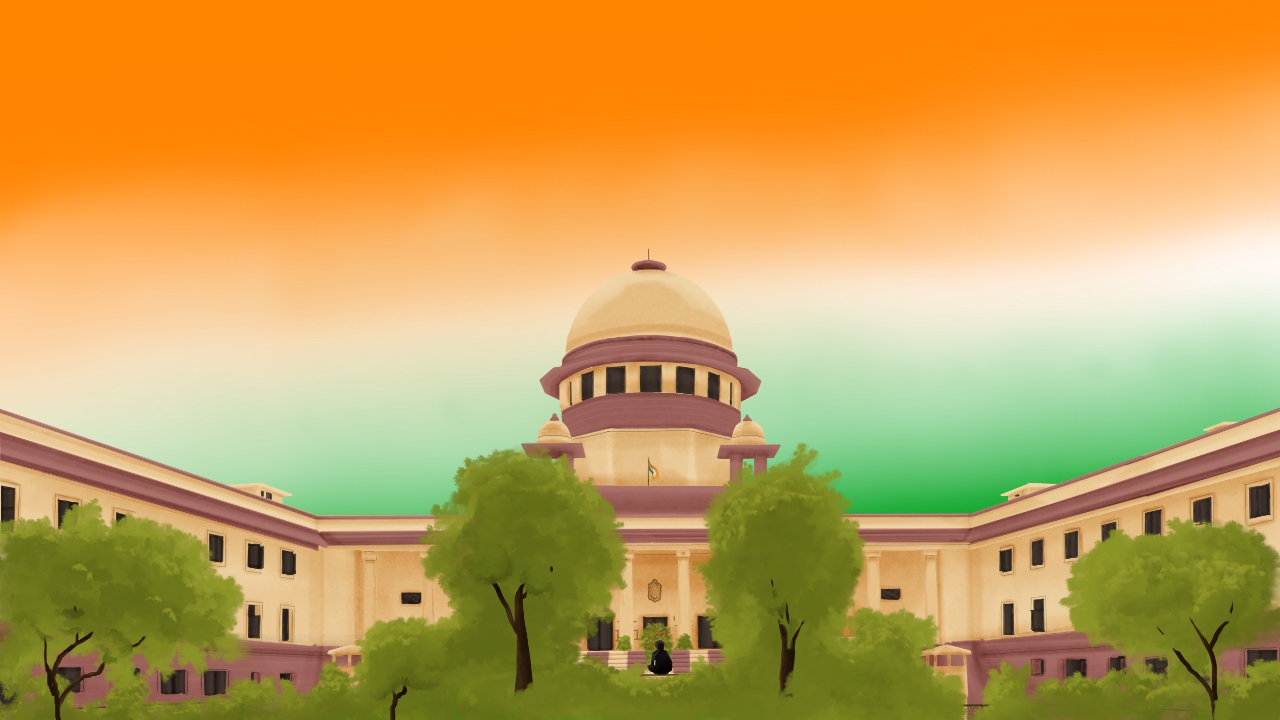In Case Of Existence Of Multiple Dying Declarations, Each Must Be Evaluated & Assessed Separately: Supreme Court

The Top Court in its judgment dated March 8, 2021 ruled, where there are more than one Dying Declaration each of them are to be considered independently. On facts of the present case, it was observed that merely because the accused tried to extinguish the fire after pouring kerosene, will not take the case out of the clutches of clause fourthly ‘act imminently dangerous’ under Section 300 IPC.
A Division Bench of Justice DY Chandrachud and Justice MR Shah, while dismissing the present Appeal, noted, “… in the present case the prosecution is successful in proving that the accused-appellant herein poured kerosene on the deceased. As per dying declaration, it has been proved that the deceased was set ablaze by pouring kerosene on her. The act of the accused falls in clause fourthly of Section 300 IPC. It emerges from the evidence on record that the accused poured kerosene on the deceased and not only poured kerosene but also set her ablaze by the matchstick. Merely because thereafter the Appellant might have tried to extinguish the fire, will not bring the case out of clause fourthly of Section 300 IPC.”
On the defence of accidental fire, it was noted that had the story been true, the deceased would have got burns also on her feet, which was clearly not the case. The statements under Exhibit P5 (Dying Declaration) was corroborated by surrounding circumstances, upon which the High Court convicted the accused, and in all probability is correct.
In the present case there are two dying declarations, ‘Exhibit P5’ and ‘Exhibit D2’.
The High Court in the impugned judgment had given cogent reasons to rely upon the second dying declaration; Exhibit P5.
The High Court has also taken note of the fact that the second dying declaration is reliable and supported by circumstances, precisely, the injuries sustained by the deceased; no stove found at the place of occurrence.
Appellants have approached against the order of conviction dated 11.10.2019 passed by the Karnataka High Court, which reversed the judgment of acquittal by the Sessions Court on certain contradictions in the two Dying Declarations.
Appellants were charged under Sections 498A and 302 read with Section 34 IPC.
Submission by the Appellants were twofold. Firstly, High Court exceeded its jurisdiction under Section 378 CrPC and secondly, Exhibit D2 being first in point of time should be considered (contradictions in which primarily formed the basis of acquittal by the Sessions Court).
As per version of the Appellant, on the date of incident there was no power supply in the house. When the deceased went to the kitchen to prepare food, she found that the gas was empty and decided to use the kerosene stove. While doing so the candle fell on the floor, with some kerosene already there. This ignited fire causing burns onto her clothes and body.
High Court had specifically observed that the finding recorded by the learned trial Court discarding or not believing the dying declaration (Exhibit P5) was perverse and contrary to the evidence on record.
Reference was drawn to; Nallam Veera Stayanandam v. Public Prosecutor (2004) 10 SCC 769, Kashmira Devi v. State of Uttarakhand (2020) 11 SCC 343 and Ashabai v. State of Maharashtra (2013) 2 SCC 224.
Case Title: Nagabhushan v. State of Karnataka | CRIMINAL APPEAL 443 of 2020
